Effects of Climate change
What is climate change?
Climate change refers to long-term changes in temperature, precipitation, wind, and other atmospheric conditions on Earth. It is largely driven by human activities, such as the burning of fossil fuels, deforestation, and industrial processes, which release greenhouse gases (GHGs) into the atmosphere. The primary greenhouse gases include carbon dioxide (CO2), methane (CH4), nitrous oxide (N2O), and fluorinated gases.
The accumulation of these gases in the atmosphere enhances the natural greenhouse effect, trapping more heat and leading to an overall warming of the planet.
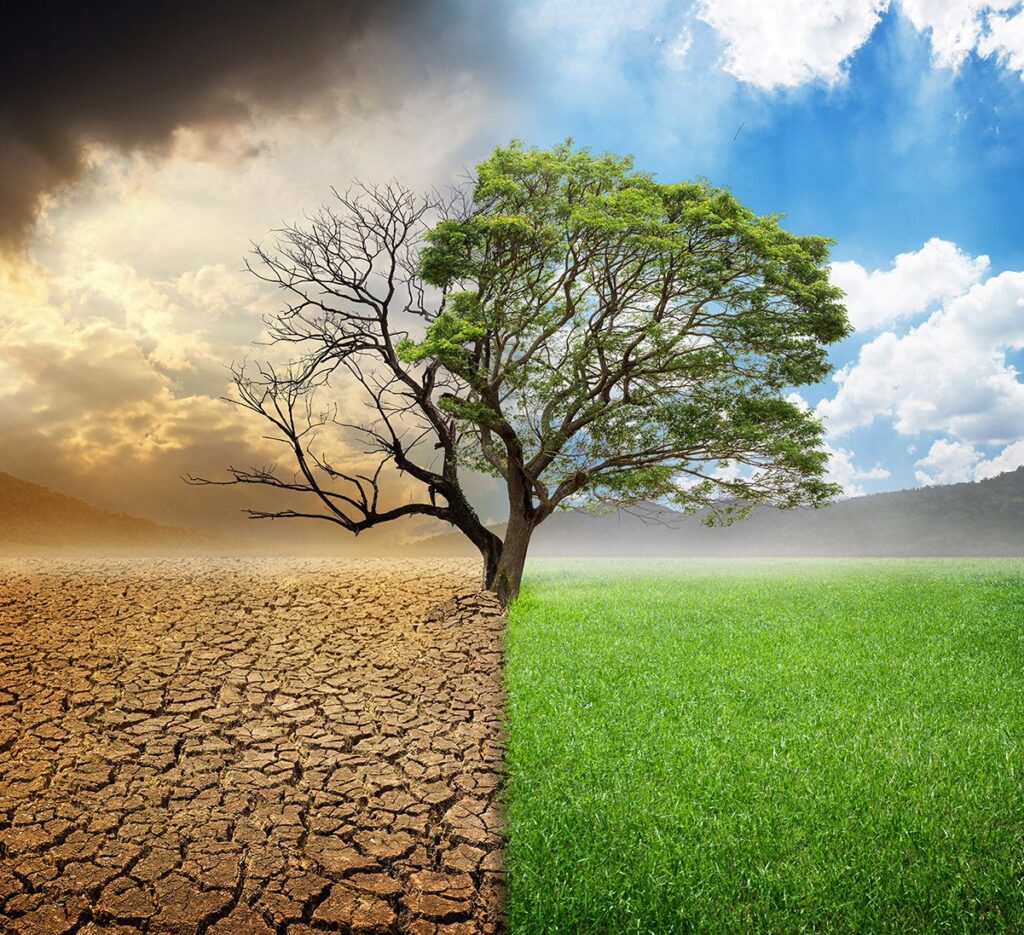
Effects of Climate Change:
Rising Temperatures:
Rising temperatures, a prominent aspect of global warming, refer to the long-term increase in the Earth’s average surface temperature. This phenomenon is primarily driven by human activities that release greenhouse gases into the atmosphere, trapping heat and causing the planet to warm. The key contributors to rising temperatures include:
- Greenhouse Gas Emissions: The burning of fossil fuels (coal, oil, and natural gas) for energy, industrial processes, deforestation, and certain agricultural practices release greenhouse gases such as carbon dioxide (CO2), methane (CH4), and nitrous oxide (N2O) into the atmosphere. These gases create a greenhouse effect, trapping heat and leading to an overall warming of the Earth’s surface.
- Deforestation: The clearing of forests reduces the number of trees available to absorb carbon dioxide through photosynthesis. This diminishes the Earth’s capacity to naturally regulate its temperature.
- Industrial Activities: Certain industrial processes release greenhouse gases as byproducts, contributing to the enhanced greenhouse effect and subsequent temperature rise.
- Land Use Changes: Alterations in land use, such as urbanization and changes in land cover, can affect the Earth’s surface albedo (reflectivity), influencing temperature patterns.
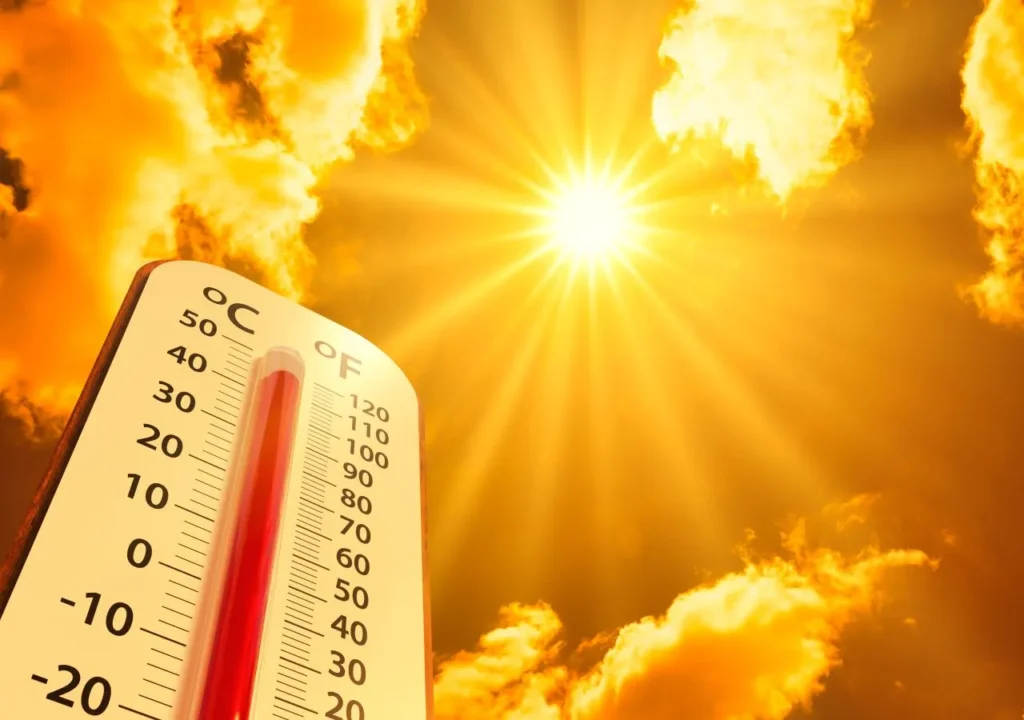
Melting Ice and Rising Sea Levels:
- Melting Ice:
- Glacial Melting: Rising temperatures cause glaciers in mountainous regions and polar ice caps to melt. This contributes to the increase in freshwater entering the oceans.
- Ice Sheet Reduction: Large ice sheets in Antarctica and Greenland are experiencing melting and a reduction in mass, further contributing to rising sea levels.
- Rising Sea Levels:
- Thermal Expansion: As the Earth warms, seawater absorbs heat and expands. This thermal expansion of seawater contributes significantly to the rise in sea levels.
- Melting Ice: The runoff from melting glaciers, ice caps, and ice sheets adds freshwater to the oceans, contributing to the overall rise in sea levels.
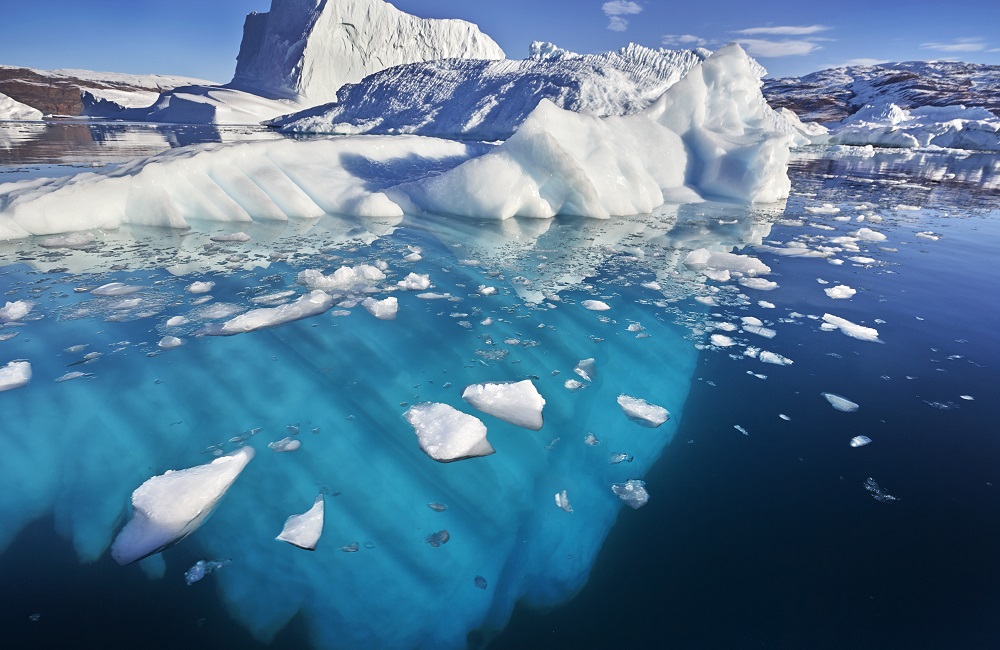
Consequences:
- Coastal Flooding: Higher sea levels increase the risk of coastal flooding, particularly during storms and high tides, threatening coastal communities and ecosystems.
- Erosion: Rising sea levels exacerbate coastal erosion, as higher water levels can increase the power of waves and storms, eroding shorelines.
- Saline Intrusion: Higher sea levels can lead to the intrusion of saltwater into freshwater sources, affecting coastal aquifers and threatening sources of drinking water.
- Loss of Coastal Habitats: The rise in sea levels can lead to the loss of vital coastal habitats, including wetlands and mangroves, impacting biodiversity.
- Migration and Displacement: Rising sea levels can force communities to relocate, leading to climate-induced migration and displacement.
Causes:
- Global Warming: The primary cause of melting ice and rising sea levels is the overall warming of the Earth’s climate due to human activities, such as the burning of fossil fuels and deforestation.
- Feedback Loops: Once ice starts to melt, it reduces the Earth’s surface albedo (reflectivity), leading to more absorption of sunlight and further warming, creating a feedback loop that accelerates ice melt.
Changes in Precipitation Patterns:
Alterations in the distribution, intensity, and frequency of rainfall and snowfall in a given region. These changes are a key aspect of climate change and are influenced by various factors, primarily the increase in global average temperatures.
Increased Intensity of Rainfall: In some regions, climate change can lead to more intense and heavy rainfall events, increasing the risk of flooding and landslides.
Droughts: Conversely, other areas may experience prolonged periods of reduced rainfall, leading to drought conditions that can affect water availability for agriculture and communities.
Shifts in Seasonal Patterns: Changes in precipitation patterns can alter the timing of rainfall, affecting seasonal cycles and potentially disrupting ecosystems and agricultural practices.
Changes in Snowfall: Warmer temperatures can lead to changes in snowfall patterns, impacting water resources in regions where snowmelt contributes to rivers and groundwater.
Impacts on Water Resources: Changes in precipitation patterns can affect the availability of water resources, influencing river flow, groundwater recharge, and water supply for human consumption and agriculture.
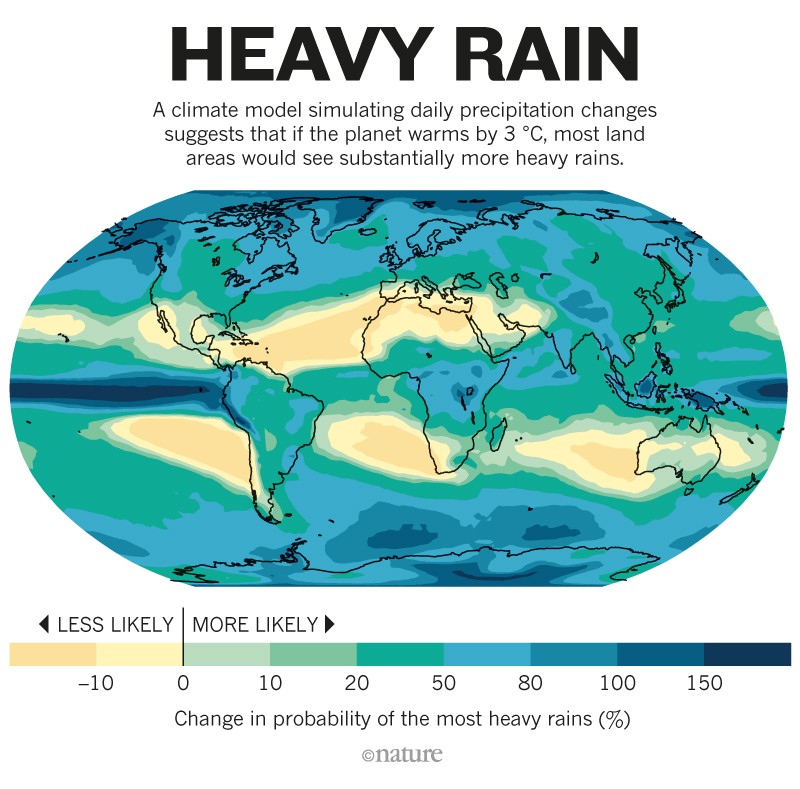
Extreme Weather Events:
- Hurricanes and Cyclones: Intense tropical storms characterized by strong winds and heavy rainfall, often leading to storm surges and flooding.
- Heatwaves: Prolonged periods of excessively high temperatures, exceeding the historical average for a given region.
- Droughts: Extended periods of abnormally low precipitation, resulting in water shortages, crop failures, and adverse impacts on ecosystems.
- Floods: Overflow of water onto normally dry land, often caused by heavy rainfall, storm surges, or the rapid melting of snow or ice.
- Wildfires: Uncontrolled fires that spread rapidly through vegetation, often exacerbated by dry conditions, high temperatures, and strong winds.
- Tornadoes: Violently rotating columns of air extending from a thunderstorm to the ground, capable of causing localized but severe damage.
- Blizzards: Severe snowstorms characterized by strong winds, reduced visibility, and substantial snow accumulation.

Ocean Acidification:
Increased carbon dioxide absorption by the oceans leads to higher acidity, which can harm marine life, particularly organisms with calcium carbonate structures.
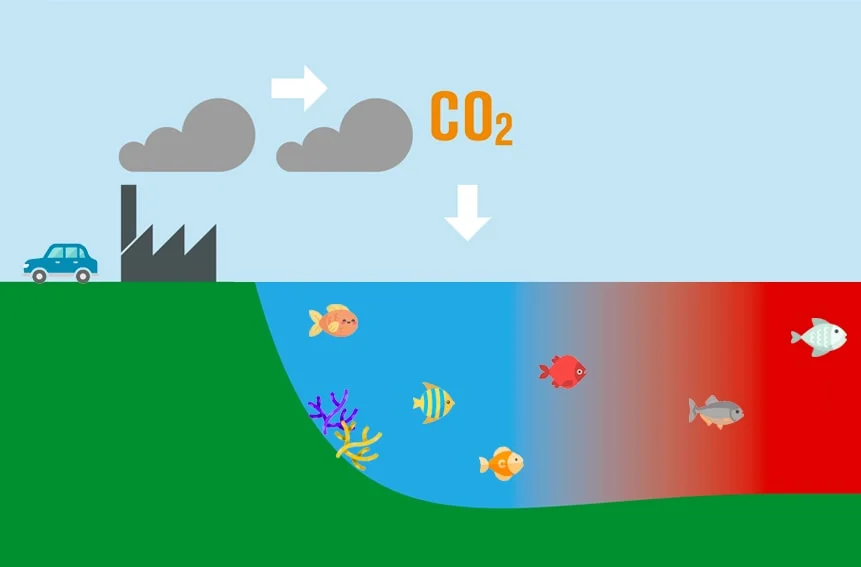
Loss of Biodiversity:
Changes in temperature and habitat conditions can disrupt ecosystems, leading to the loss of plant and animal species.
- Habitat Destruction: The conversion of natural habitats into agricultural land, urban areas, and infrastructure projects destroys the homes of many species, leading to a loss of biodiversity.
- Deforestation: Large-scale clearing of forests for timber, agriculture, and other purposes removes critical habitats and disrupts ecosystems, resulting in the decline of numerous plant and animal species.
- Climate Change: Changes in temperature and precipitation patterns, driven by climate change, can alter the distribution and behavior of species, putting stress on ecosystems and leading to declines in biodiversity.
- Pollution: Various forms of pollution, including air and water pollution, chemical contamination, and plastic waste, can harm and kill both aquatic and terrestrial species, contributing to biodiversity loss.
- Overexploitation: Unsustainable hunting, fishing, and harvesting of plants and animals for trade or consumption can deplete populations and lead to the decline or extinction of species.
- Invasive Species: The introduction of non-native species to new environments, either intentionally or accidentally, can disrupt local ecosystems and outcompete or prey on native species.
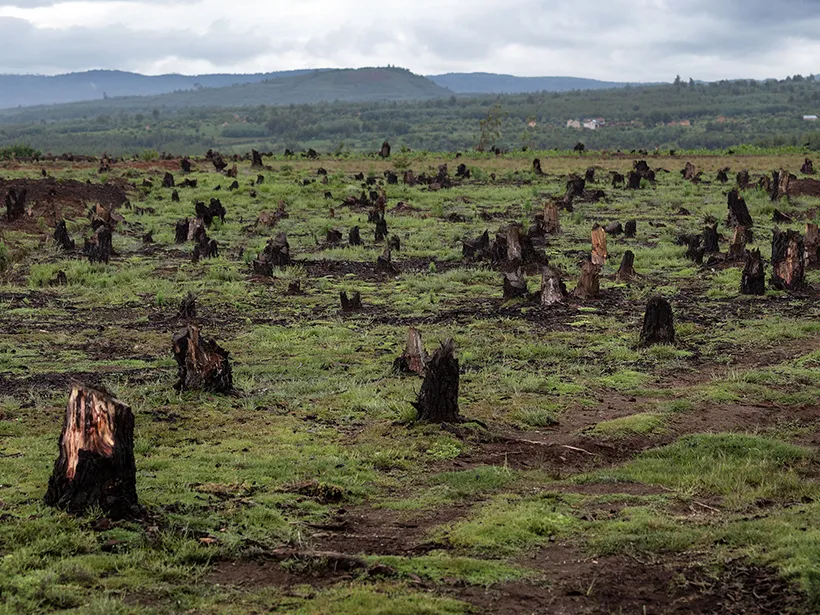
Impacts on Agriculture:
Altered climate conditions can affect crop yields and food production, impacting global food security.
Human Health Risks:
Changes in temperature and the spread of diseases can pose risks to human health, including heat-related illnesses and the expansion of disease vectors.

One thought on “Effects of Climate change”
Wow, superb blog format! How long have you been blogging for?
you make blogging look easy. The overall look of your
site is magnificent, let alone the content!
You can see similar here najlepszy sklep